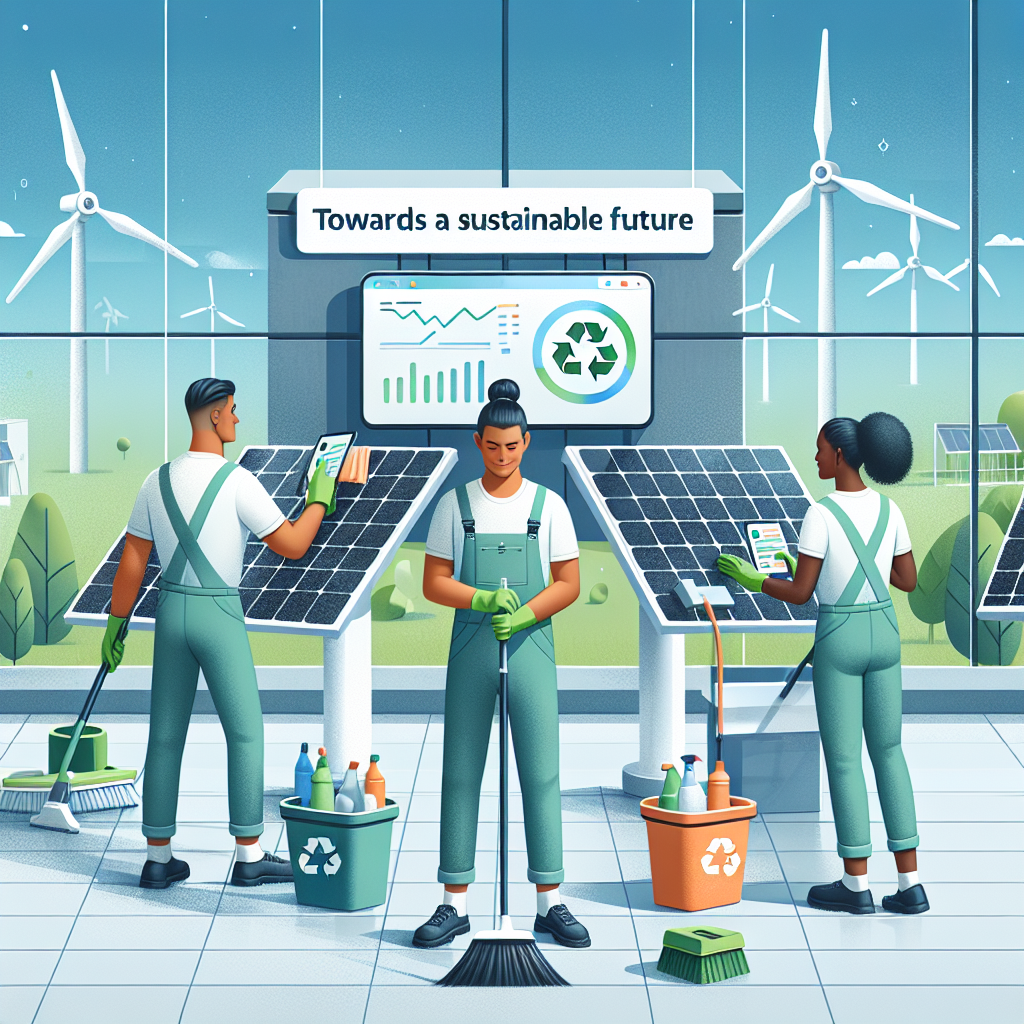“`html
A Return to Sustainability: Trends in Professional Cleaning Programs
In recent years, the professional cleaning industry has experienced a significant transformation, driven by a strong push toward sustainability. As businesses and consumers alike become more environmentally conscious, cleaning programs are evolving to adopt greener practices. This article explores the latest trends in professional cleaning programs that prioritize sustainability, providing insights on how these changes impact the industry and its stakeholders.
The Rise of Sustainable Cleaning Practices
There is a growing recognition of the importance of sustainability in all sectors, including the cleaning industry. Professional cleaning programs are shifting towards greener practices for several compelling reasons:
Innovative Products Driving Change
The push for sustainability in professional cleaning programs has led to the development of innovative products that minimize environmental impact. Here’s a look at some of the key solutions:
Eco-Friendly Cleaning Solutions
Manufacturers are increasingly producing cleaning products that are biodegradable, non-toxic, and free from harmful chemicals. Some of the notable trends include:
Sustainable Equipment
Cleaning equipment has also seen advancements geared toward sustainability. Key innovations include:
Strategies for Implementing Sustainable Cleaning Programs
Transitioning to a sustainable professional cleaning program requires a strategic approach. Here are some essential steps organizations can take:
Assessment and Planning
- Evaluate Current Practices: Conduct an assessment of existing cleaning methods and materials to identify areas for improvement.
- Set Clear Goals: Establish measurable sustainability goals and objectives, such as reducing chemical usage by a specific percentage.
- Engage Stakeholders: Involve employees, clients, and suppliers in the planning process to foster a culture of sustainability.
Training and Education
- Educate Staff: Provide training on the importance of sustainability and the use of eco-friendly products and methods.
- Promote Best Practices: Share tips for sustainable cleaning techniques to improve efficiency and effectiveness.
Monitoring and Evaluation
- Track Progress: Regularly monitor and assess the effectiveness of sustainable practices by measuring key performance indicators.
- Adjust Strategies: Be flexible and ready to adapt your approach based on feedback and changing circumstances.
The Competitive Advantage of Sustainable Cleaning
Organizations that adopt sustainable cleaning practices not only contribute positively to the environment but may also gain a significant competitive advantage. Here are some benefits that come with this shift:
Conclusion
The return to sustainability is transforming professional cleaning programs, paving the way for a greener and healthier future. By adopting eco-friendly practices, leveraging innovative products, and implementing strategic plans, organizations can not only meet consumer demands but also contribute to a more sustainable world. As the cleaning industry continues to evolve, those who embrace this change will be better positioned to thrive in a competitive landscape.
Invest in sustainable cleaning practices today and join the movement towards a cleaner, greener planet!
“`
